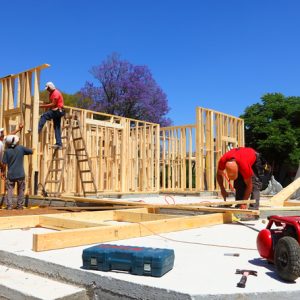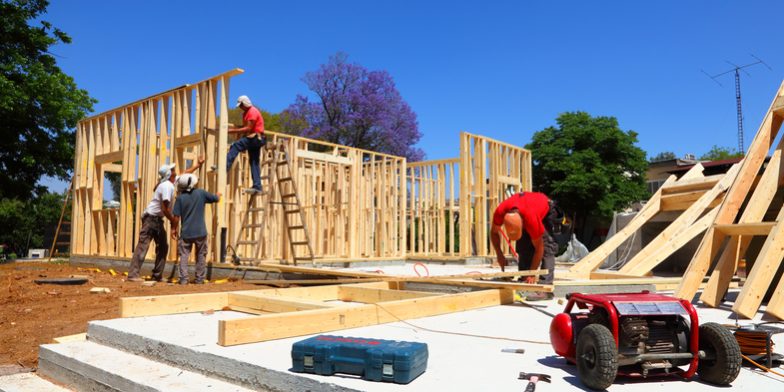
President Trump’s sweeping return to tariff-heavy trade policies in 2025 is sending ripples across the economy, including the cost of property insurance claims.
The latest round of tariffs, which include steep duties on imported construction materials and auto parts, many of which are sourced from China, threatens to drive up claims costs in both personal and commercial lines, particularly property and vehicle insurance. The result is likely to be higher insurance rates to account for higher claims costs.
Here’s a look at the effects on vehicle and commercial property insurance under the turbulent and constantly changing tariff regime.
Vehicle insurance effect
Depending on where they come from, vehicle parts face tariffs as high as 50% (in the case of China), which is hitting both original equipment manufacturer and aftermarket parts. Since more than half of all U.S. vehicle parts are imported, the cost of repairs has increased sharply, even for minor collisions.
According to the American Property Casualty Insurance Association, this could raise auto insurance claims costs by $7 billion to $24 billion annually.
The website Insurify predicts that full-coverage auto insurance premiums could rise 19% by year’s end on the back of higher repair costs and delays in parts availability, which also increase settlement times and costs.
For commercial fleets, this dynamic is particularly problematic. Businesses may face longer vehicle downtimes and delayed operations after an accident, and higher deductibles or premiums to account for elevated risk.
Commercial property insurance effects
Many of the main construction materials are also subject to tariffs:
- 25% across-the-board on steel
- 20% on Canadian lumber
- In early July, the president promised a 50% tariff on copper (used in wiring).
- Trump increased tariffs on steel and aluminum imports to 50% on June 4 and expanded them to include household appliances like refrigerators and dishwashers on June 12.
With these tariffs in place, the cost to rebuild or repair damaged property has increased significantly. The National Association of Home Builders estimates that tariffs have added $7,500 to $11,000 to the average cost of constructing a new home.
Business interruption risk
If tariffs inflate raw material costs, this could create uncertainty across supply chains. Therefore, businesses may be more vulnerable to supply chain breakdowns and related operational delays, increasing the risk of business interruption.
If tariffs cause delays in material inputs, they could slow down or stop manufacturer operations.
Industries like electronics, automotive parts, construction materials and apparel are especially exposed. Many of these businesses rely on components or raw materials from Asia, where even slight delays or cost increases can disrupt production and reduce profitability.
What business owners can do
What makes the current situation especially difficult for insurers is the unpredictability of Trump’s tariff policies. With frequent changes and shifting targets, insurers struggle to accurately model future claims costs, which complicates underwriting and risk pricing.
The lack of clarity around how long tariffs will remain in effect or whether additional duties will be imposed introduces pricing volatility that’s not easily absorbed by carriers. In some cases, insurers may respond by tightening underwriting standards or increasing premiums in advance to safeguard against future cost surges.
With tariffs driving up claims costs and likely hitting insurance costs, business owners are faced with several considerations:
- Review replacement costs and policy limits: Ensure the policy reflects current rebuilding costs, accounting for inflation from materials and labor. We can help you review your replacement cost.
- Consider higher deductibles: A higher deductible can reduce a policy’s premium, but it means the business will have to pay more out of pocket if it incurs a claim.
- Plan for longer claims cycles: Understand your carrier’s average claim timelines and adjust your business continuity plans accordingly.
- Find new vendors: If a business relies on parts or products from a high-tariff country and is concerned about resulting supply chain interruptions, it may want to explore new sources in other countries.


